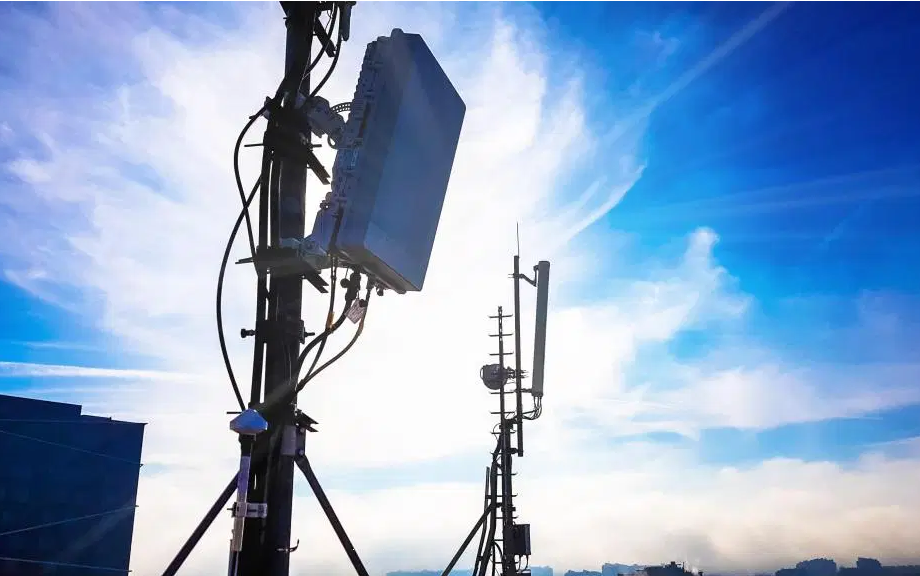Are usually safest distance coming from a 5G cell Tower?

If you've ever been through a city you might have noticed tiny mini 5G cell towers on street light poles. They appear like tiny boxes however they're actually sending wireless signals from mobile providers to your mobile.
These smaller towers are replacing larger built cell towers. While they're not as noticeable however, they could cause issues for users.
The FCC's Radiation Exposure Thresholds
The FCC's Radiation Exposure Thresholds define the safe limit at which an individual can be exposed to electromagnetic energy generated by wireless devices. The exposure limits are based on research that show that RF energy could cause harm to health.
The rate of absorption called the specific absorption rate (SAR) is an indicator of the radiofrequency energy absorption by tissues. It's usually 1.6 milliwatts per kilogram calculated over one Gram of tissue.
Since 5g is able to transmit at higher frequencies this could be able to cause greater energy intensity on the skin and other exposed body parts. This could lead to various possible harms, such as an increase in appearance of skin conditions like dermatitis, cataracts and skin cancer.
Because of the potentially harmful effects of radiation from 5G, PSU has chosen to set a general localized limits on power density, which is 4mW/cm2 measured on 1cm2, and never to exceed 30 minutes for the entire 5G spectrum at 3000 GHz. This localized limit is in accordance with the maximum SAR spatial-average of 1.6 W/kg averaged over 1 5 grams of body tissue, at 6 GHz.
The FCC's Maximum Exposure Thresholds for Maximum Exposure
If you've ever operated a cell phone, you probably know that the safest distance from the tower is around 400 meters away. This is because the power of transmission from the cell tower is significantly increased the further the tower is.

Although this may sound like something that's good, the reality is that people living in close proximity to towers could be more vulnerable to health problems. For example, a study from 2014 in India found that residents living within 50 meters of cell towers experienced much more health problems than those who were distance from them.
However, this study also revealed that those who relocated to areas that were further from cell towers noticed their symptoms return to normal within a couple of days. Another study has revealed that exposure to high levels of radiofrequency electromagnetic fields (EMFs) can cause brain tumors, cancers and other health issues.
This is because RF radiation, which is used in wireless communication, can be absorbed by the body's outer layer of skin. It is vital to be aware of this because the skin acts as a barrier to protect against mechanical injury, infection from pathogenic microorganisms, as well as entry of toxic substances. The skin is the biggest organ of the human body and is accountable for protecting other organs.
The FCC's Minimum Exposure Thresholds for the Minimum Exposure
The FCC's Minimum Exposure Thresholds rely on a variety of assumptions that aren't supported by scientific evidence. This includes the false assumption that exposures to RF radiation are safe due to minimal penetration into the body (i.e., tissue heating).
what is a safe distance from a 5g cell tower is also ignoring the more extensive penetration of ELF parts of modulated RF signals and the effects on the body of short bursts generated by RF waves that are pulsed. These assumptions do not correspond with the current understanding of biological consequences of RF radiation, and thus they should not be used for health protective exposure guidelines.
In safe distance from cell tower , the ICNIRP and FCC restrict their exposure limits to local peak SARs, based on the maximum frequency of absorption (psSAR) which is not a sufficient dosimetric tool to determine the degree of exposure to RF radiation. Particularly the psSAR tool is not accurate for frequencies above 6 GHz. Furthermore, psSAR has not been evaluated for RF radiation exposed to other agents of the environment such as sunlight. The interactions of RF radiation and other environmental agents may cause synergistic or antagonistic impacts. This would result in the risk of having adverse health adverse effects. For example, co-exposure to RF radiation along with exposure to sunlight can increase the risk of skin cancer and exacerbate other skin conditions like acne.
